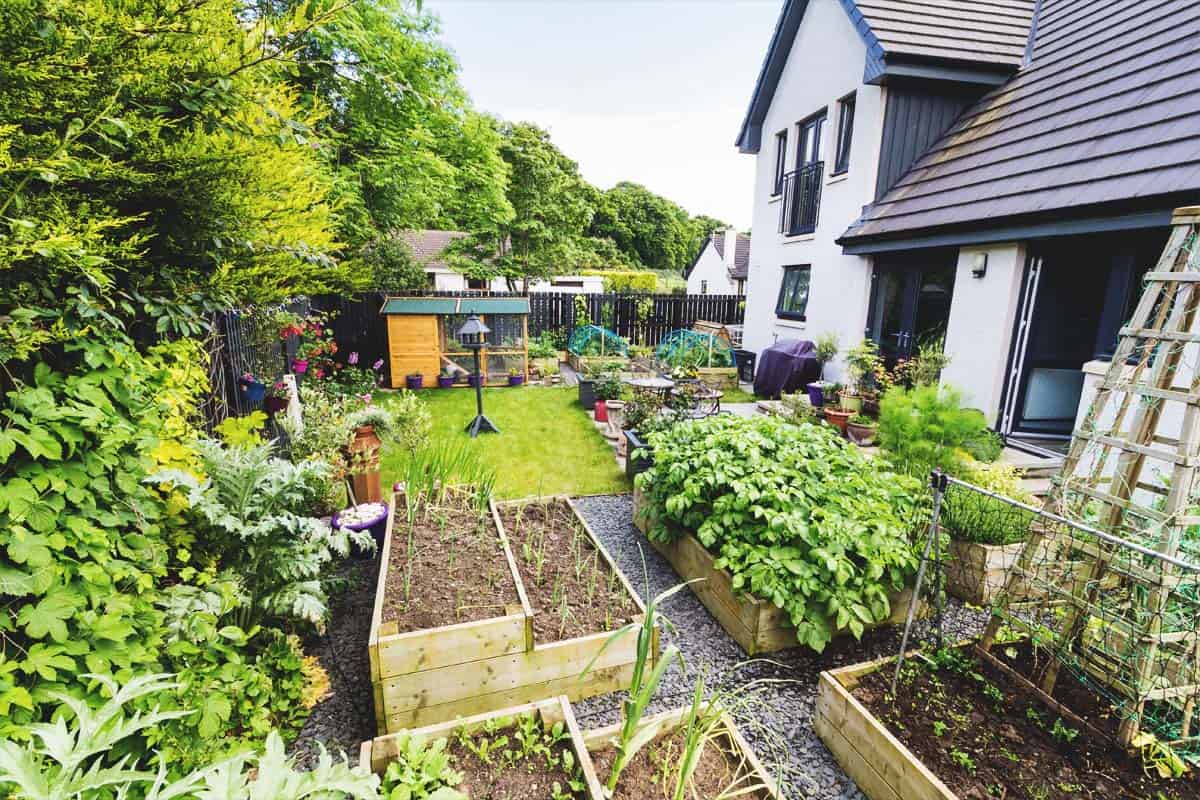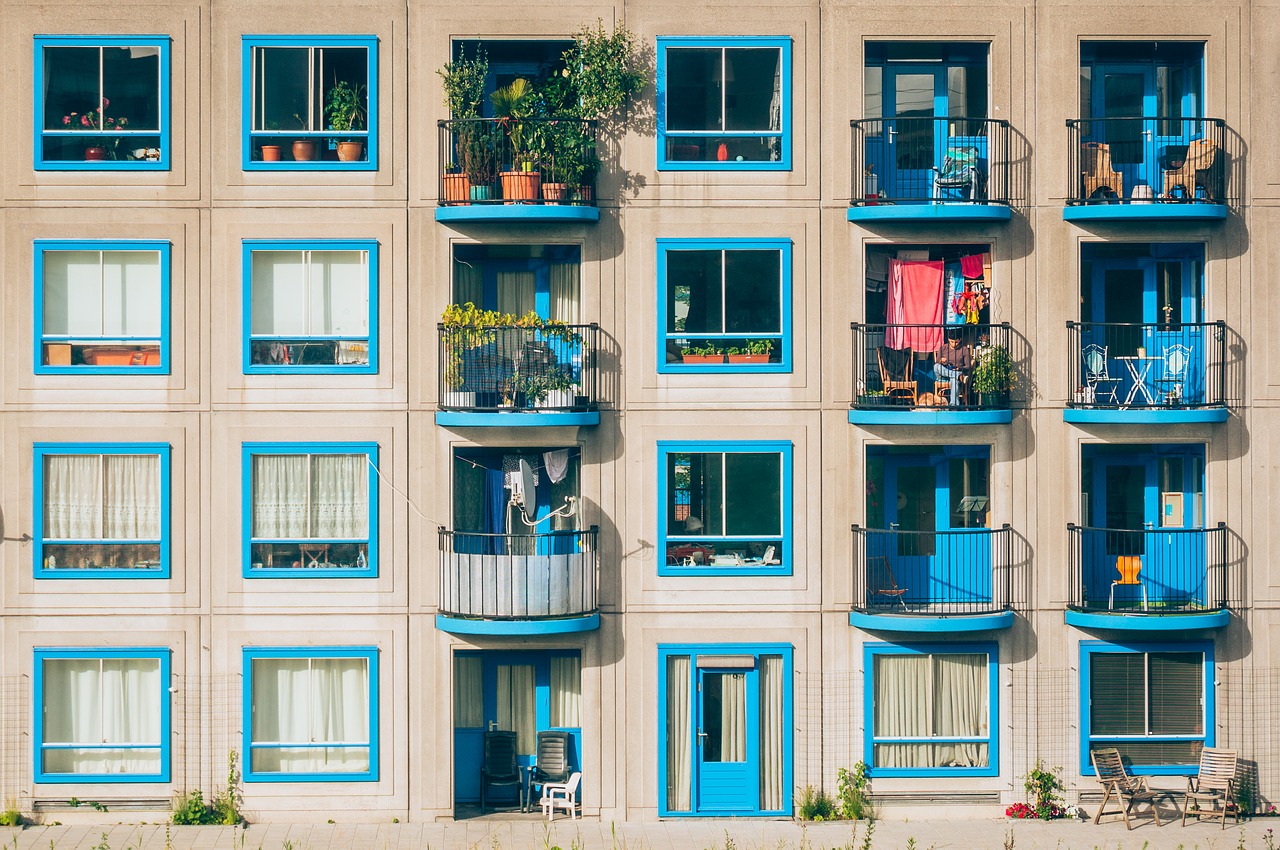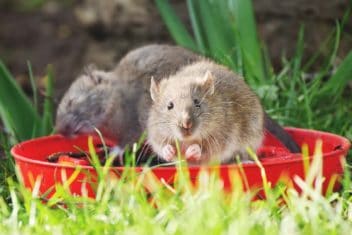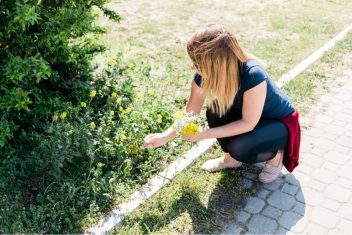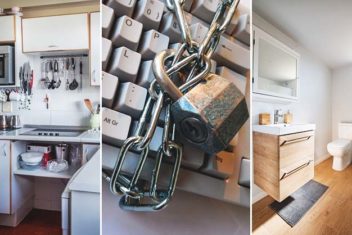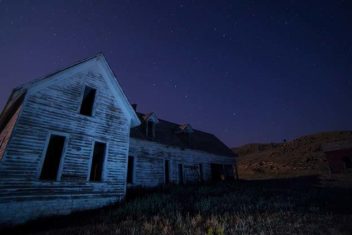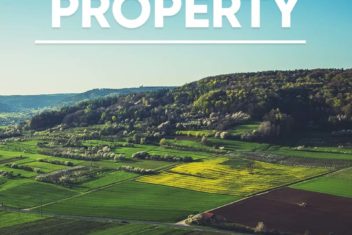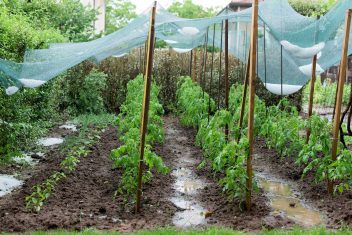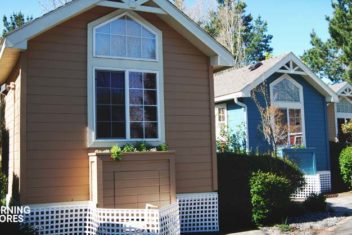A lot of people dream of moving out to the country to start their farm or homestead. But, often the practical realities of rural homesteading are not a dream come true for everyone. In fact, I know quite a few homesteaders who have regretted their decision to leave their urban or suburban lives.
So, before you trade in your city conveniences and move to the middle of nowhere to homestead, consider the pros and cons of three very different ways to homestead and farm.

Rural Homesteading
When most people think of homesteading, it usually involves living in a rural area with enough land to become totally self-sufficient. There are many benefits to homesteading this way. Yet there are also some big drawbacks too.
Pros of Rural Homesteading
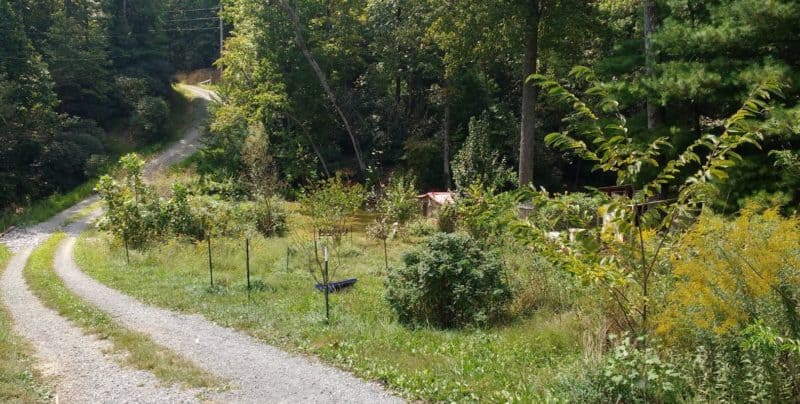
Cheaper Land Access
Rural properties usually come with a lot more land for less money. Since they don’t have luxury services like municipal water, curbside trash pick-up, and sewage removal, they also tend to have lower property tax rates. That makes it easier to afford these properties, and live self-sufficiently off the land.
A while ago we had a post discussing how to obtain free land. These are states who aims to attract homesteaders to the ‘road less traveled’ and boost the population and economy of smaller towns.
Greater Capacity for Self-Sufficiency
The more space you have, i.e. more land, also means you can meet more of your basic needs on your own property. You’ll have enough area to raise all the livestock you need for your protein needs, with other words goats, sheep, pigs and cattle. If you choose the right livestock for your landscape, your feed costs can also be minimized by letting the animals forage for themselves.
You can also use your land to provide for many of your non-food needs like firewood, water, fiber, and home craft supplies. Additionally, if you have enough land, hunting and foraging are also possible options to round out your food supply.
Fewer Legal Regulations
If you want to make a large vegetable garden in your front yard, put up a fence, hang a laundry line, raise some pigs, keep a rooster, catch rain, tap a spring, dig a root cellar, build an outbuilding, get naked outdoors, burn trash, hunt on your own property, do target practice, and more – these things are generally less regulated on rural-zoned properties.
Easier Inspections
Even things that are regulated like adding a pond or building a house are often easier to navigate in rural areas. With fewer applicable regulations and no city ordinances to contend with, rural inspectors may have more leeway on approval processes.
This is a great place to let your dreams come true and build, or should I say construct, one of these amazing container homes.
In rural areas, human contact is the normal way of doing business. So, you can even pick up a phone and talk directly to the inspectors to get advice before you start your planning.
Off-Grid Options
Typically, rural properties don’t have access to city amenities like public water. They may or may not have electricity. Sewage is usually handled by the property owner, such as with a septic tank.
The lack of infrastructure and tie-ins with public utilities leaves more room to implement off-grid water systems and other ‘green’ solutions. Water collection or access points such as irrigation ponds, well digging, or spring tapping likely still require permitting. Yet, as long as you have reasonable plans for construction, that process is usually simple.
If your property has no access to electricity and no near neighbors, things like wind turbines, solar panels, wood-fired and/or steam-based heating systems, and personal hydropower is less controversial. That makes it easier to get approval to add these innovative power systems to your property.
Slightly more “out there” technologies like Jean Pain mounds (using decomposing wood for heat), rocket mass heaters, methane digesters, composting toilets, walipinis, root cellars, and more also tend to be a matter of personal decision rather than permitted processes.
Cons of Rural Homesteading
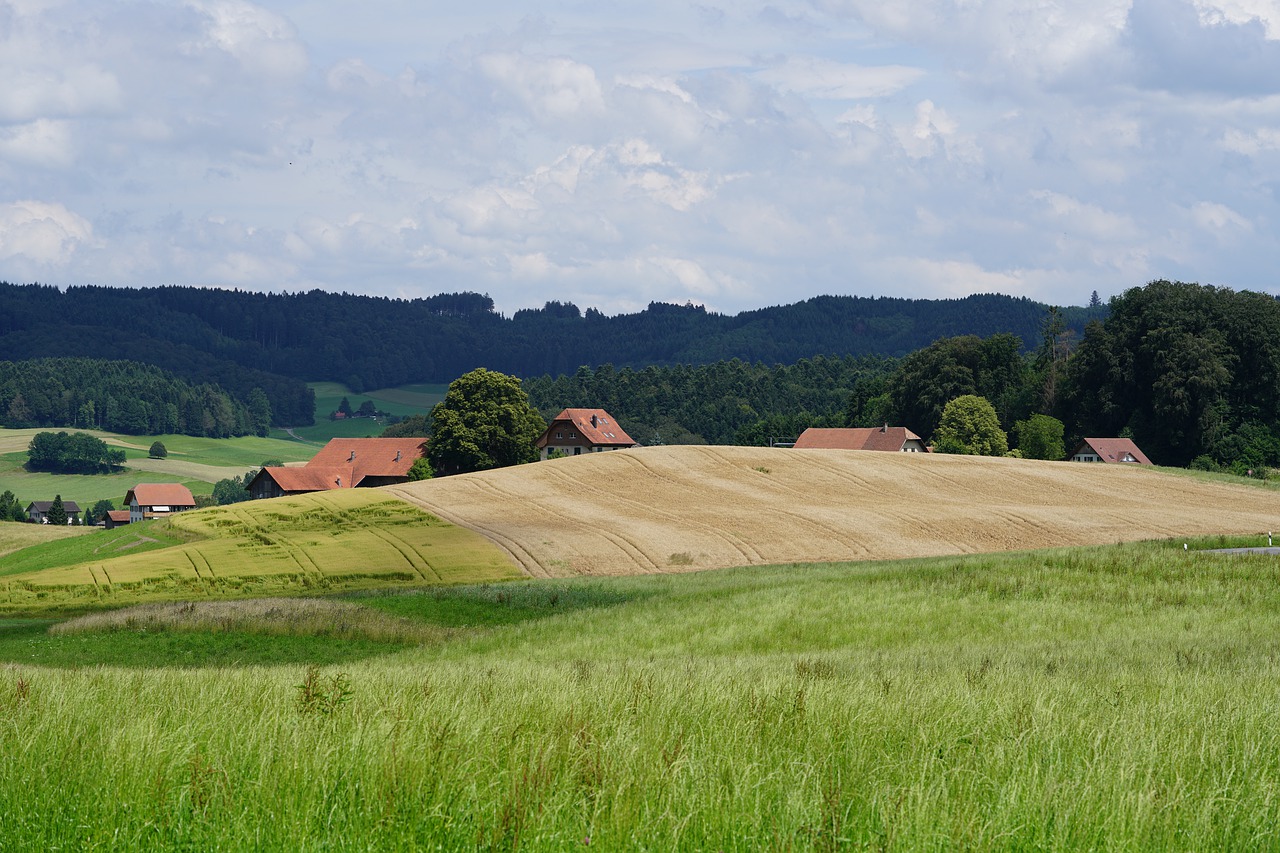
Fewer Convenient Amenities
Rural areas often lack good internet connections. Cell service can be spotty. You have to haul your own trash to the dump or burn it.
You have to maintain your driveway and possibly the roads near you, such as in snow. Ambulance and police responses can take a half-hour or more in an emergency.
Hard to Sell
If you do decide rural homesteading isn’t for you, those same market forces that made it cheap for you to buy property will make it hard to sell. Even under-valued properties can take years to sell.
Isolation
Rural living can feel quite isolated at times. Going to town can be a huge chore. Visiting a neighbor often involves getting in a car. Even delivery drivers will often drop packages at the start of your drive rather than your doorstep.
Rural Stigmas
Also, frankly, depending on where you live, sometimes the stigmas about rural residents are true. There’s a lot less diversity in unpopulated areas. That leads to more suspicion and slower acceptance of people who don’t quite fit the local mold.
I’ve encountered disheartening levels of unapologetic racism. I’ve met many people who rely entirely on opinion-based talk show hosts to inform their worldview, instead of doing their own fact-based research. Religious zealotry and disparagement of people who hold different religious beliefs are also quite common.
Now, I’ve also met plenty of open-minded, well-informed people who simply prefer not to be part of the rat race in the city. So, this is absolutely not a blanket criticism of rural people. But these traits seem to be more common than in rural areas than the cities I have lived in.
Suburban Homesteading
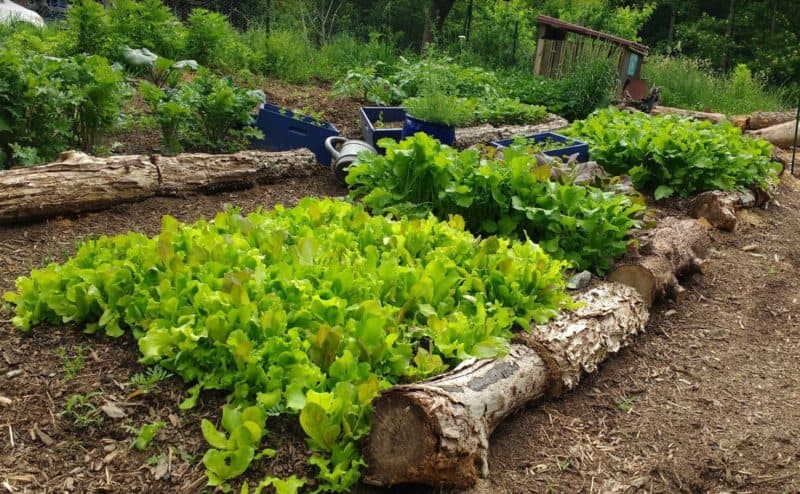
Before I moved to the country, I started homesteading on a suburban property. It’s difficult to become completely self-sufficient in the suburbs. But you can definitely increase your self-sufficiency by leaps and bounds if you carefully navigate regulations.
Pros of Suburban Homesteading
Access to Supplies
In a rural setting, if you run out of something mid-project, it can really slow you down to have to run to town for supplies. In suburban areas where hardware, home goods, and other supply stores are abundant, it’s easy to get what you need and get back to work.
Lots of Waste Products
It’s also easier to collect waste products from stores and restaurants and to pick trash to use for homesteading activities. For example, there are lots of things you can do with by-products in the suburbs.
- Hit your local cafes to get coffee grounds for growing oyster mushrooms in buckets.
- Pick up restaurant waste to feed your chickens (or the worms or soldier flies you raise for chickens).
- Pick up restaurant waste to make bokashi to compost for soil fertility.
- Collect beer grains from your local micro-brewery to make spent grain bread, compost, and cut your livestock feed bill.
- Having the municipal tree trimmers drop their waste mulch on your driveway whenever they are in the area.
- Get cardboard from stores to sheet mulch your mini-orchard or new garden areas.
- Collect your neighbors’ unwanted leaves to make leaf mold in fall.
- Cruise the curbside trash stash for free stuff to help you build raised beds, make a chicken coop, trellis your mini-vineyard, decorate your potting shed, and more.
Money Making Opportunities
If you live in a suburban area, you also have more potential customers for your extra homestead products. That can help you cut your homestead costs and fund more projects to help you increase self-sufficiency faster.
For example, your neighbors may buy your extra eggs, herbs, vegetables, and craft projects you make. Maybe you can start extra plants for them in your greenhouse when you start your own. You can upcycle all that great trash stuff you find for free and re-sell it at yard sales.
Livestock Options
Some suburban areas allow small livestock such as chickens, rabbits, or mini-goats. You can also probably keep bees and have a worm bed without running into too many regulatory challenges.
Cons of Suburban Homesteading
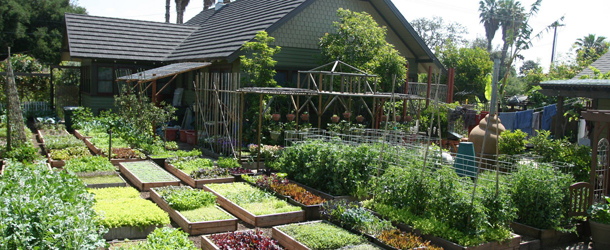
Aesthetic Regulations
Planned suburban communities and housing complexes with homeowners’ associations often have fairly strict aesthetic requirements. This can drive up the cost and time involved to make things like livestock shelters.
It can also limit how you plan your garden and raise livestock. For example, grass height restrictions may prevent you from growing a meadow and wildflower lawn for your bees. You may also have to grow vegetables in the backyard only. Sometimes you can’t even hang up a laundry line outdoors.
Infrastructure Regulations
Suburban areas often have lots of rules about things like installing fences, sheds, trellises, wood stoves, ponds, and more. Even if there aren’t regulations on the books, the town or city may reserve the right to make individual decisions for unregulated projects.
Depending on their stance on homesteading, this can sometimes limit what you can do on your own property. Or, at the very least, it can mean it takes longer to finish projects due to needing approvals or permits at different points in the process.
Neighbor Challenges
The act of homesteading is inherently beautiful. Growing a garden, raising your own happy livestock, saving energy by drying laundry on a line and more are good for the planet and for people’s souls. Yet, not everyone appreciates having homesteaders for neighbors.
The neighbor who sprays herbicides to keep clover out of their lawn may not love that you are using it as a nitrogen fixer in your mini-orchard. Not everyone loves the racket hens make each time they lay an egg. You’ll need to navigate some extra challenges when you live with nearby neighbors.
Urban Homesteading
A lot of people think urban homesteading is new. But, my grandparents did it in Cincinnati, Ohio over 60 years ago. They grew elderberry trees and made homemade elderberry wine. They had an extensive yet compact nearly year-round vegetable garden. They even bought live animals to process at home to save money.
Today, there’s a lot of difference in regulations related to self-sufficiency from city to city. So, your city’s stance toward homesteading will determine how much or little you can get away with in your urban setting.
I’m going to point out a couple of obvious drawbacks to urban homesteading. But I’ll end with a few ideas for how you can homestead despite the big challenges.
Cons to Urban Homesteading
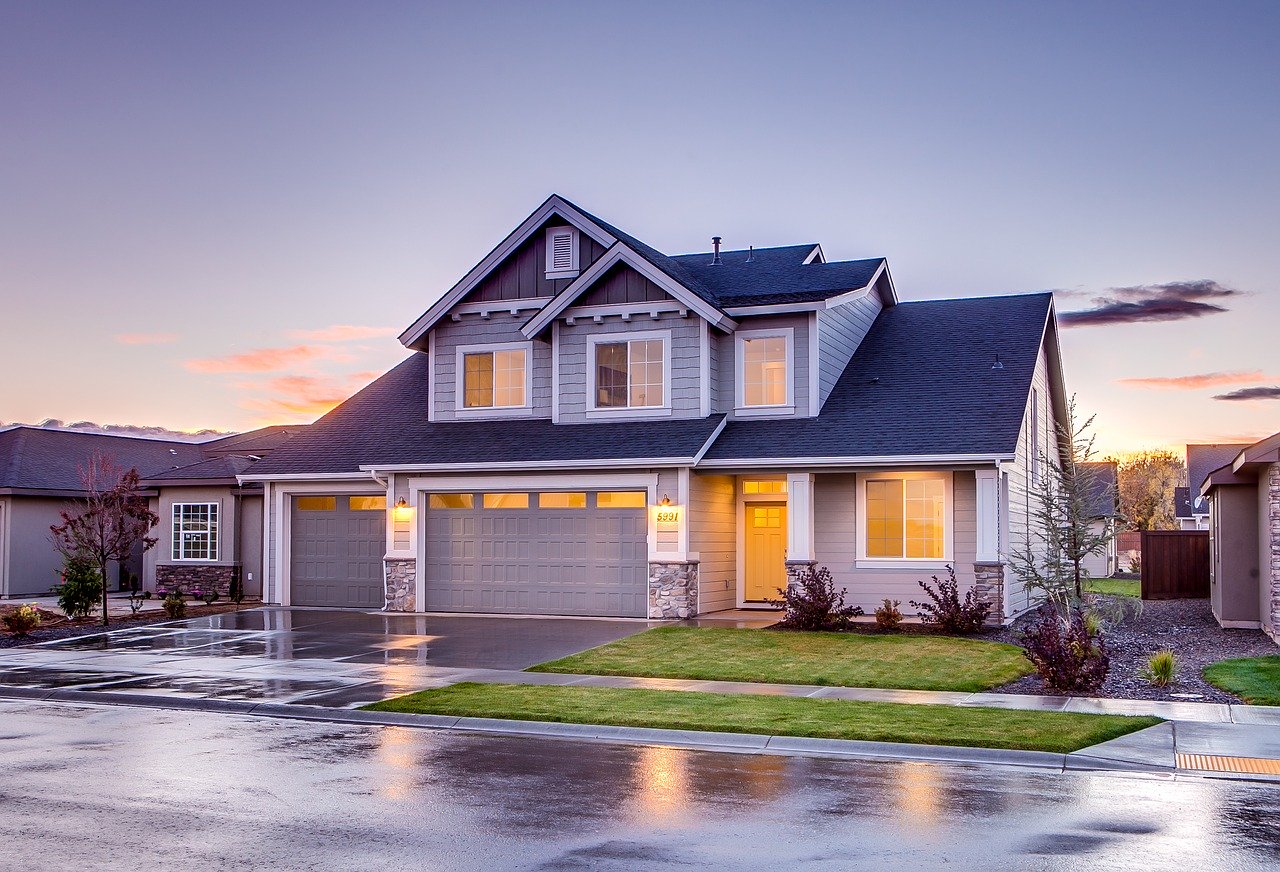
Heavy Regulations
Generally, urban cities are the most regulated living areas. With so many people living in such close confines, you should assume just about everything you want to do is prohibited.
Some progressive cities, and also some poverty-stricken cities, are becoming more open-minded about homesteading. But, there are still hurdles to face to get approval for many of the things you want to do.
Lack of Land
The biggest con to urban homesteading is a lack of land. If you are lucky, you may have a postage-sized yard to work with. With as little as 1/10th of an acre, you can still provide a lot of your food. But you will likely need to buy more inputs to keep up soil fertility and feed any small livestock you are able to keep.
Limits to Self-Sufficiency
Some city dwellers don’t even have balconies or windows to work with to grow food. In those cases, you’ll need to rely on electricity to turn interior spaces into homesteading space.
You clearly won’t be able to grow all your food in a 600 square foot apartment. But you can still build skills. Most importantly, you can flex your ingenuity muscles and come up with creative ways to homestead with limited space.
Pros to Urban Homesteading
Now, I know I did this last category of homesteading with cons before pros. But that’s because I want to end on a positive note, by telling you some of the ways you can homestead even in urban settings.
Keep in mind you will need to think beyond the in-ground garden and large livestock options. Yet if my grandparents could do it (without the internet or all the technological tools we have today) I know you can too!
Urban Homesteading in Pro-Self Sufficiency Cities
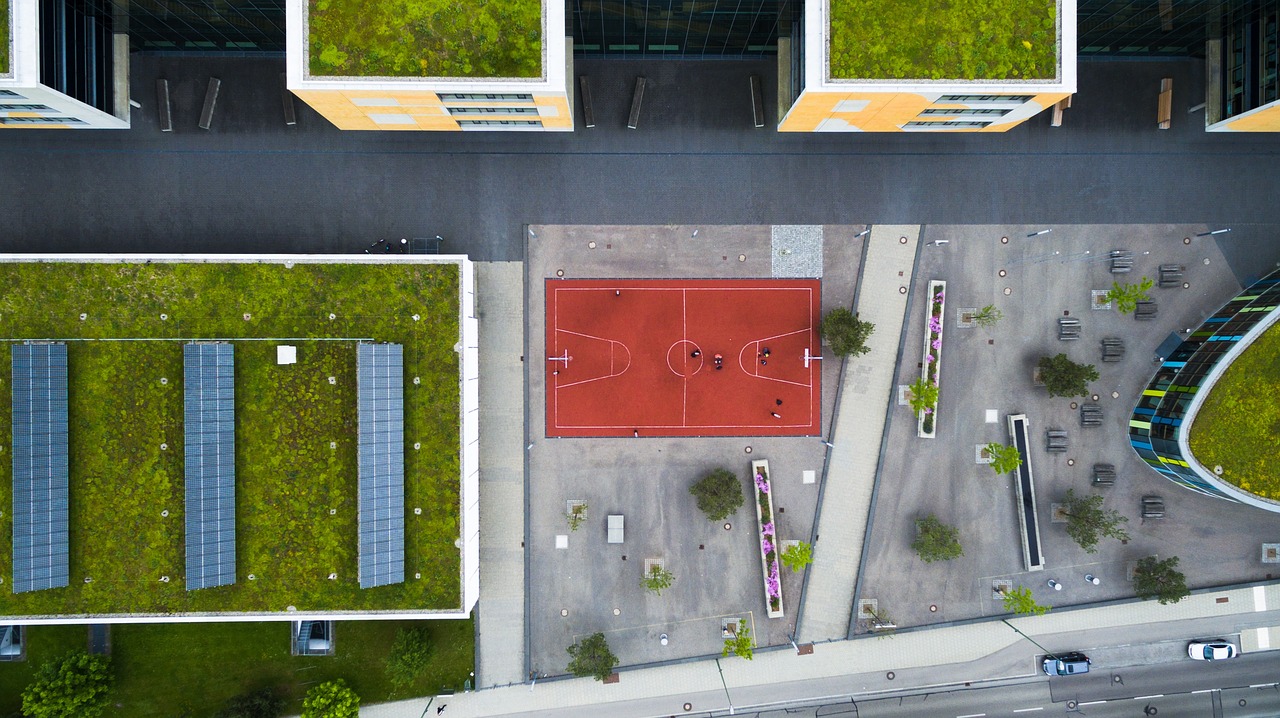
In cities with pro-local sufficiency stances, urban farmers can often raise rabbits for meat. Public spaces can be used to keep community chickens. In small yards, bantam chickens can produce eggs in less area than full-size hens.
Aquaponic systems can grow fish, fertilizer, and vegetables in small spaces. Abandoned lots can become allotment gardens. Grow tunnels expand the growing season so you can produce food year-round.
Rooftops can be turned into productive farms and bee gardens. Balcony container gardens can be optimized to take advantage of vertical gardening space. Shipping containers can become full-blown hydroponic farms.
Homestead-phobic Urban Settings
In some urban settings, it can seem impossible to do more than store extra water and canned food under your bed for emergencies – See our emergency supplies list. Yet, there are always ways to homestead in secret.
You can sprout greens on your counter. Grow a hydroponic salad garden in your closet. Vermicompost under your kitchen sink and use that to fertilize your windowsill medicinal herbs.
Buy ingredients from your farmer’s market. Then cook from scratch. Put up tomatoes, salsa, jams, and more using inexpensively bought farmers’ produce seconds. Here we have the best foods to can for an emergency.
Believe it or not, you can also grow insects for protein indoors. This isn’t quite normalized in the US. Yet in lots of other cultures, insects are considered to be an environmentally sound human-diet option to other meat sources.
We have numerous articles to aid the industrious homesteading urbanite:
- How to create a window box garden.
- A hanging vegetable garden can be made close to the kitchen.
- Upsidedown tomato plants when you want to save space.
- Container gardening for your balcony.
- Here we have the best grow tents if you do not have a balcony.
- Microgreens can be grown on your kitchen counter.
Homestead Anywhere

The bottom line is that you don’t need to move to the country to be a homesteader. You can do it anywhere. You just need the determination and creativity to pursue your homesteading dreams.
Don’t wait! Homestead now, wherever you live.
